Do you want portrait photos that get noticed? Successful portrait photography is when we understand how people work and think. If you are a person who wants to take authentic portraits of people, you must find the real humanity and capture that with your camera.
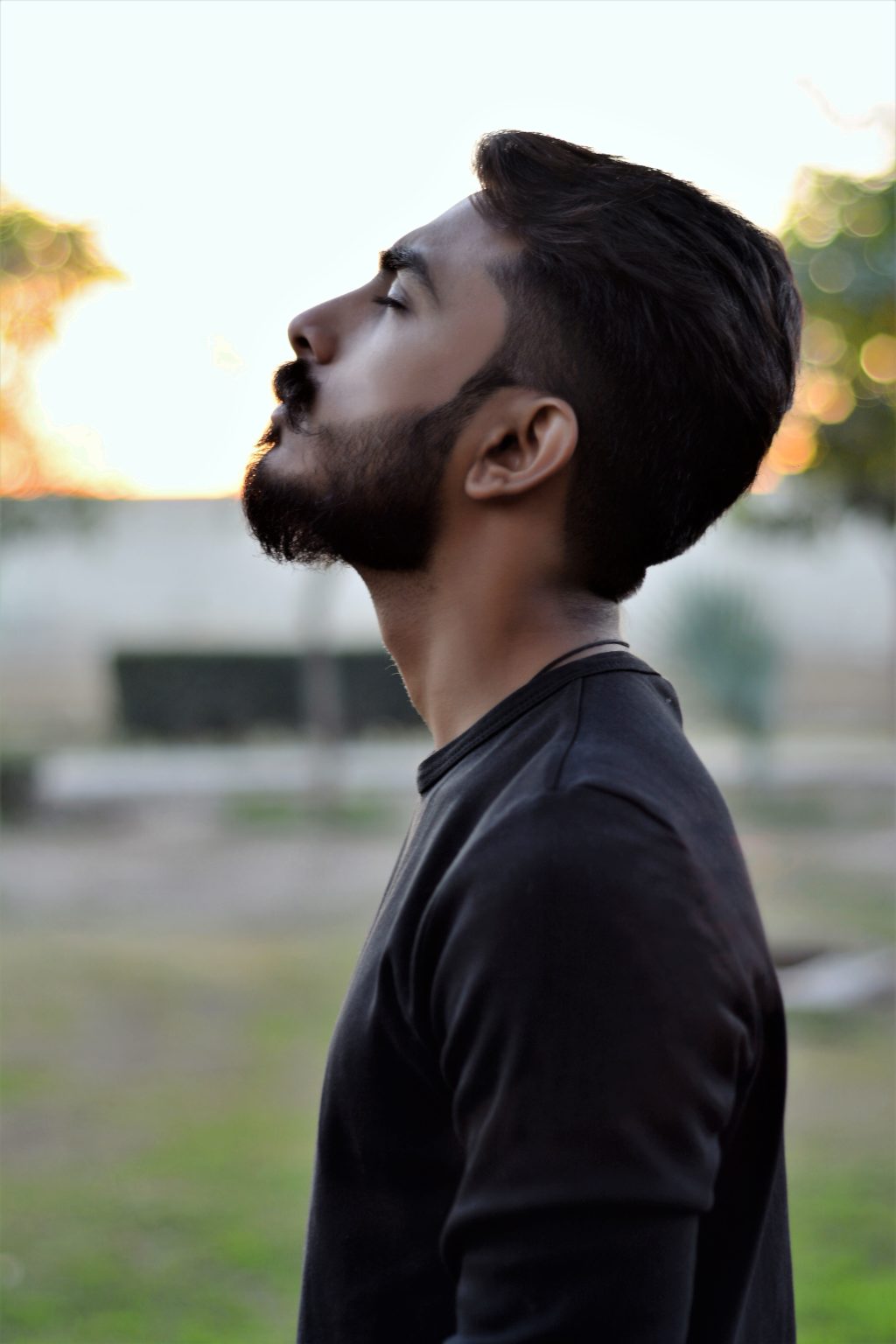
In this article, we have gathered seven best practices for portrait photographs that get noticed. We hope you’ll find these practices helpful and apply them in your next photo shoot.
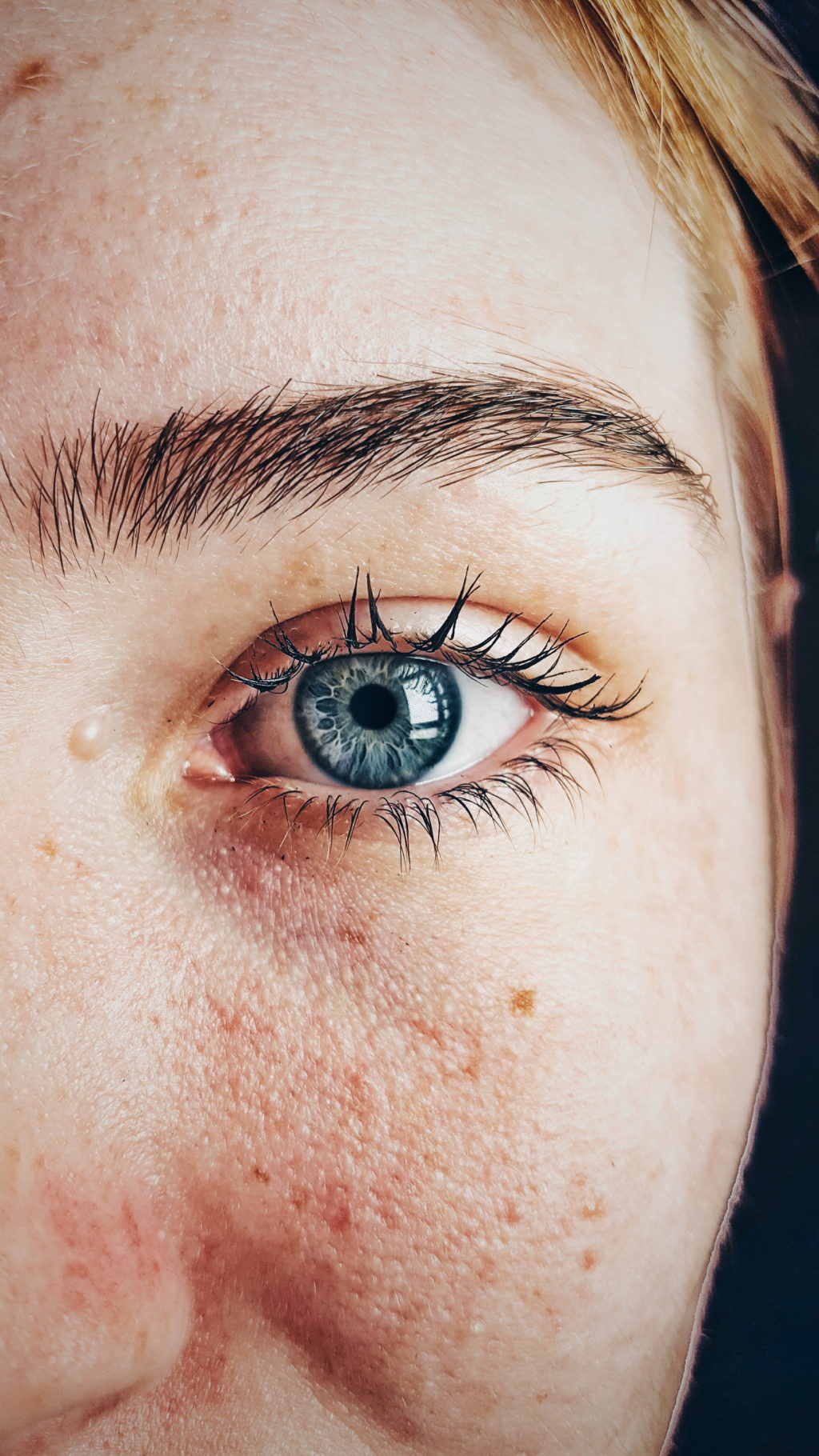
1. Use A 50mm Or An 85mm Lens
Why a 50mm focal length? Many photographers prefer to get closer to their subject. It is a decent distance to create that connection and feeling with the person you’re photographing. You get more intimacy and it doesn’t distort the face. In addition, if you’re shooting outdoors it gives you a bit more context.
Benefits of a 50mm focal length
- Best for headshots
- Creating intimacy and connection
- The face doesn’t look distorted
The 85mm focal length can give you a better bokeh. Some say it is the best focal length for outdoors. It also creates a great bokeh effect and background separation; especially if you’re shooting wide open at f/1.4.
Benefits of an 85mm focal length
- Best for shooting portraits outdoors
- Creating a nice bokeh effect
- The face still looks natural if you get further away from your subject
Further Reading:
- Which Camera Lens Should You Choose? Here Is An Overview To Get You Started
- How to Make the Most of the Affordable 50mm 1.8 Lens as a Portrait Photographer
- 4 Reasons Every Photographer Should Own a Prime Lens
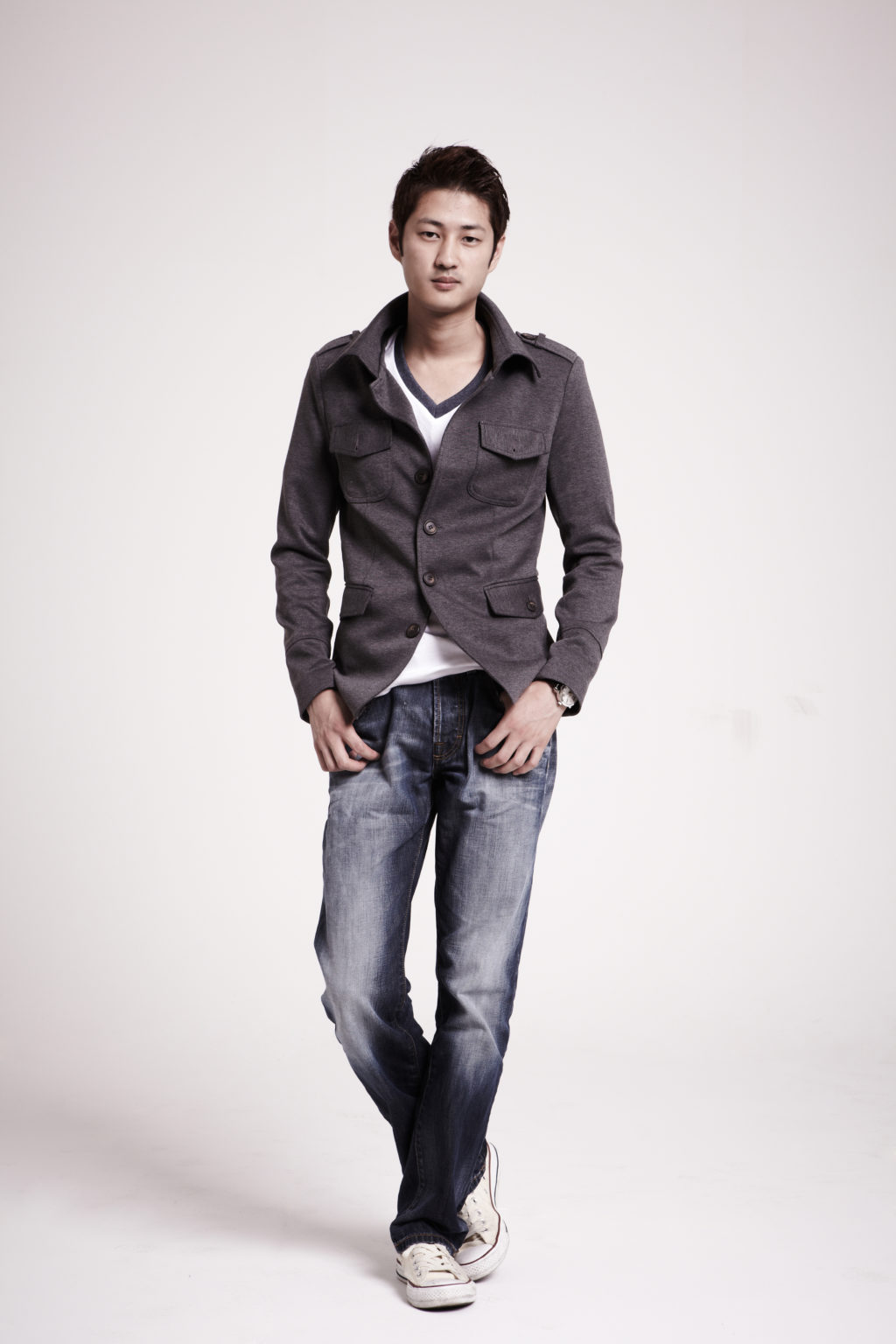
2. Talk To Your Model Before You Start
Portrait photos that get noticed are about getting closer to the person’s truth and revealing who they really are. Either you know them or not, open up a conversation by asking a few questions.
Get to know the things that make them happy. You may even get to experience what they’ve been through in the past and capture that expression in their eyes and face.
This way, you connect with the person’s value system and your image becomes more authentic. You want to capture their personality by working with them to get the best possible result.
Further Reading:
- A Portrait Photographer’s Guide To Coaching Clients
- How To Plan a Model Portfolio Shoot
- 3 Key Things You Need To Know About Model Releases
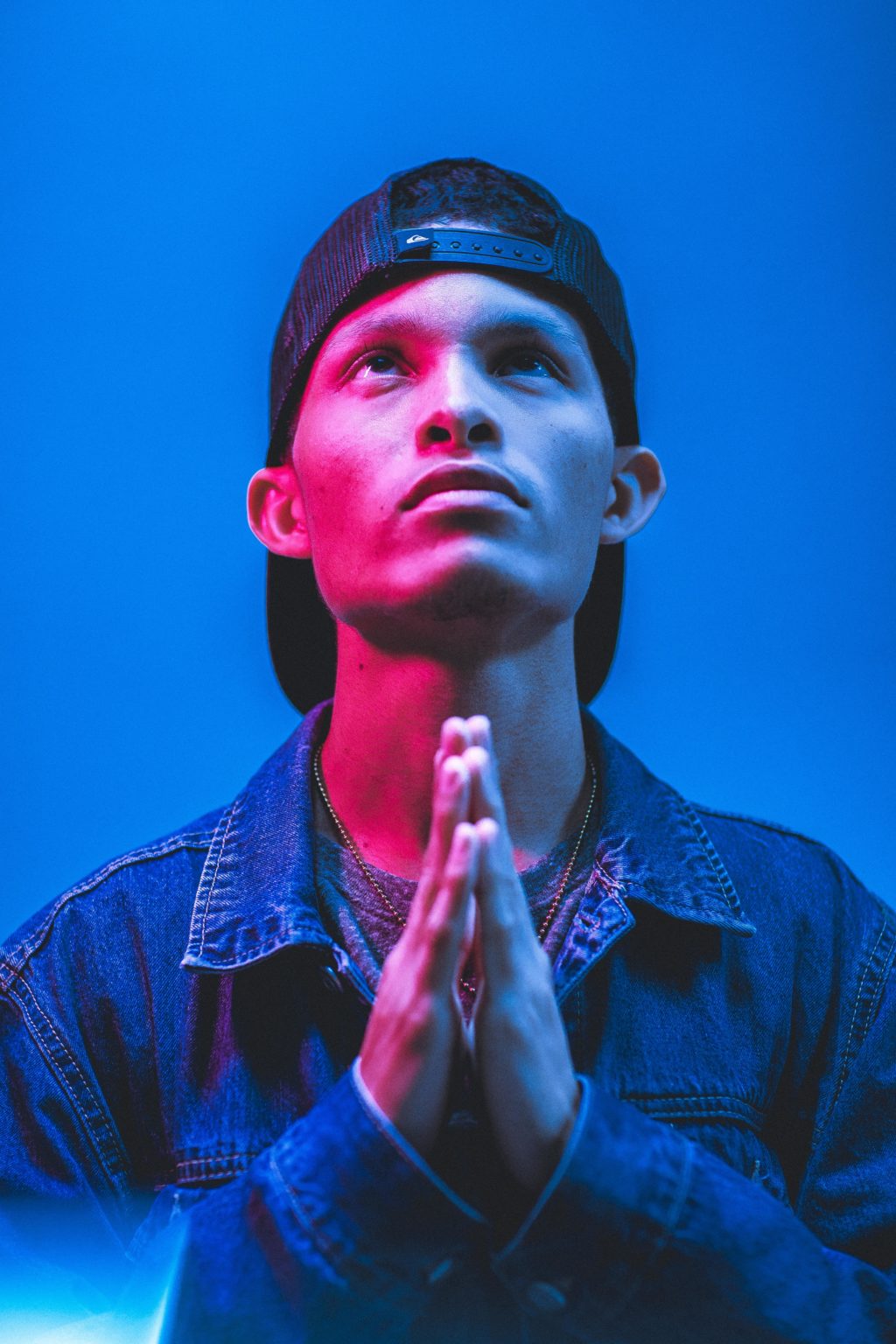
3. Practice With Ambient Light First
Follow the light. It is the best source in portrait photography. Always look up for the light and move around to see where it comes from and where it goes. Then, place your model accordingly.
Direct sunlight is not the best. You have to find areas where the light is soft, for example when it’s overcast. More places with soft light can be under a tree or behind a building. If you can’t find a good spot, you can use a light diffuser.
Further Reading:
- Take These 4 Steps To Successful Available Light Portraiture
- Three Practical Tips For Better Natural Light Portraits
- 4 Simple Strategies To Deal With Harsh Midday Light For Portrait Work
4. Use High-Speed Sync For Dramatic Portrait Effects
High-Speed Sync or HSS flash allows you to use a flash speed-light and shoot in higher shutter speeds than normal camera flash syncs (i.e. instead of 1/250 sec you can shoot at 1/1000 sec or higher).
It is a method some photographers use to control the ambient light and keep the aperture wide open at f/1.8 or even wider without blowing out the image.
High-Speed Sync works best outdoors when battling the sun. You can overpower the sun so you can drag down the exposure in your camera to be able to expose for the clouds, the background or other areas in your image. Then you use HSS flash speed-light to illuminate your subject.
Further Reading:
- How High-Speed Sync Can Extend Your Flash Photography Options
- Flash Synchronisation Demystified
- Laws of Light: High-Speed Sync Photography
5. Don’t Use The Widest Available Aperture
Some lenses can go as wide as f/1.2 or even wider. This is great if you’re further away from your subject’s face but if you want to get a nice headshot, you must lower your aperture to f/1.8 or f/2.8. This way, all the details in your subject’s face will be in focus.
Further Reading:
- How to Master Headshot Photography
- 15 Incredibly Useful Tutorials On Headshot Photography
- 3 Strategies To Soften Shadows For Brilliant Portrait Photography
6. Focus On The Eyes
Always try to focus on the eyes. Even if your subject is further away, make sure the eyes are in focus. New Mirrorless interchangeable cameras have a special feature called “Eye AutoFocus”. It’s a new technology focusing on the eyes. If you enable it, you will always have sharp eyes in your portraits.
Further Reading:
- Bite Size Tips: 5 Ways to Get Sharper Eyes In Your Portraits
- 4 Key Lightroom Tips For Sharper Eyes In Portraits
- 5 Portrait Photography Tips for Beginners
7. Framing And Being Creative
Perhaps one of the overriding ways to take portrait photos that get noticed is great creativity. Composition is a critical part of shooting portraits. If you want to capture a headshot portrait as we mention in step #1, place your camera and shoot at a level of your subject’s eyes. However, in case you’re shooting outdoors, you could become more creative.
When composing an image always remember this quote from Wayne Dyer: “If you change the way you look at things, the things you look at change”.
So instead of standing just in front of your subject, you can try different ways and angles of composition. Use the rule of thirds, leading lines, shadows, get down on the floor or shoot behind a tree or a bush.
Further Reading:
- Portrait Photography Ideas and Techniques for Shots That Will be Cherished
- 4 Reasons Why You Should Use Props In Portraiture
- Improve Your Portraits With Rembrandt Lighting Technique
Final Thoughts On Taking Portrait Photos That Get Noticed
Always love what you do and be authentic. If taking portraits is your passion, study people and notice what they do and how they do it. It is important to connect and get the most out of them. When you are able to do so, your portraits will stand out and your work will shine.
Further Reading:
If you want to know more about capturing portrait photos that get noticed, the take a look at our fantastic Portrait Photography page where we've brought together every portrait photography tutorial and tip on the site (and several other sites) that we think will round out your skills as a portrait photographer. Just a friendly reminder that this page is also a living document for portrait photographers who want a single online reference for the craft. It will change and be updated often, so bookmark it and come back as you need to.
Further Learning:
The Art of Portrait Photography
To get more complete training on portrait photography ideas, take a look at the guide The Art of Portrait Photography over at Photzy. It covers everything you need to know to take great portrait shots consistently – lighting and posing tips, composition guidelines, getting great shots from minimal equipment, and much more.
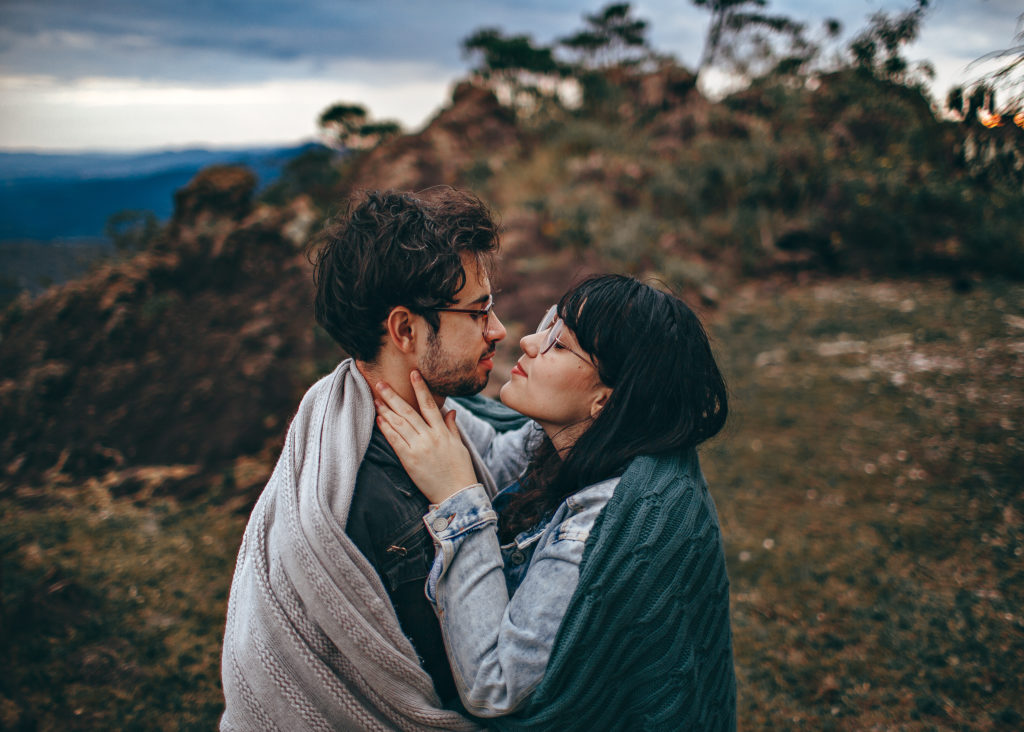

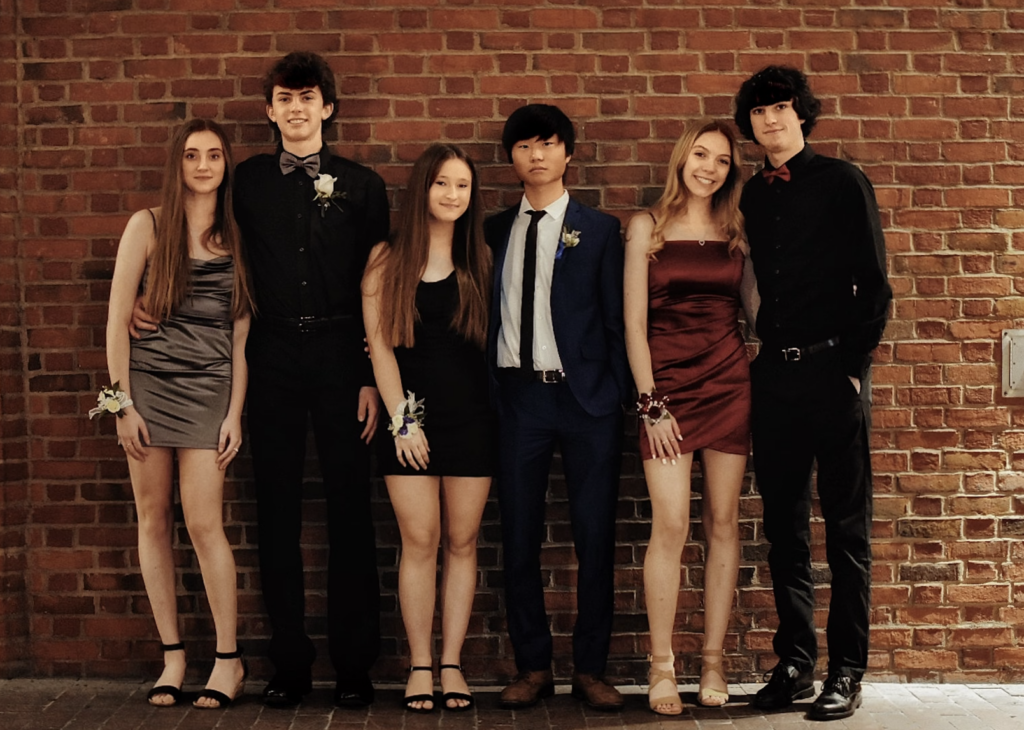
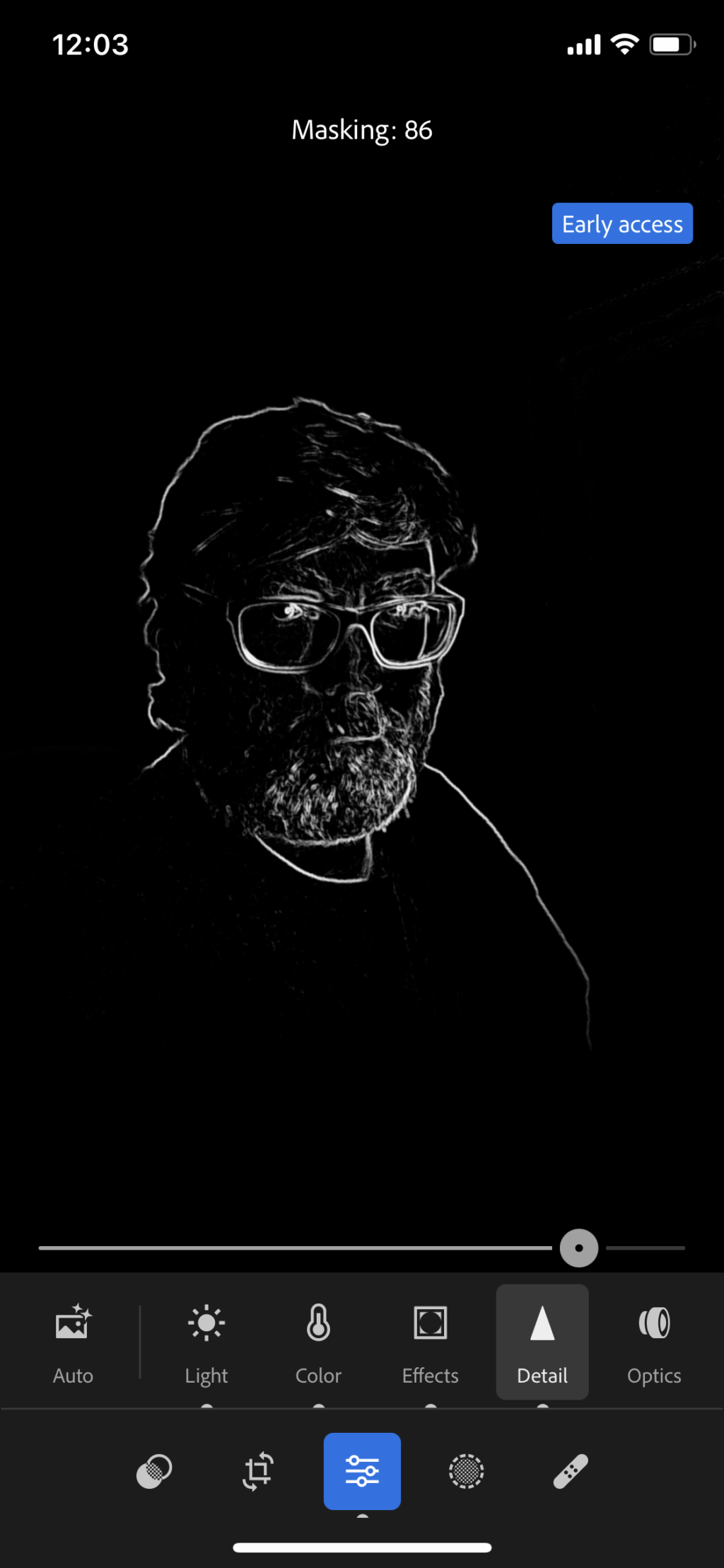
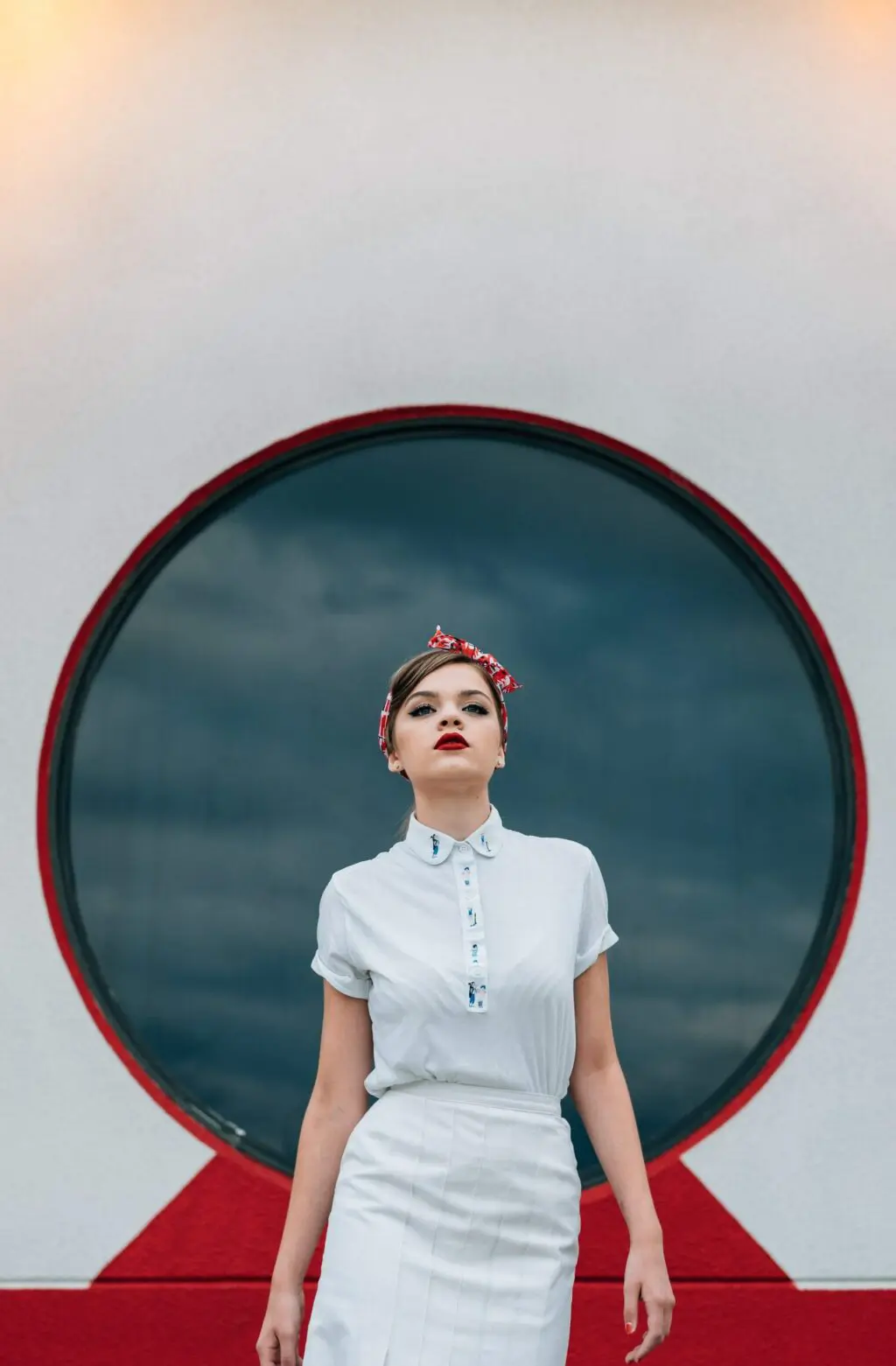
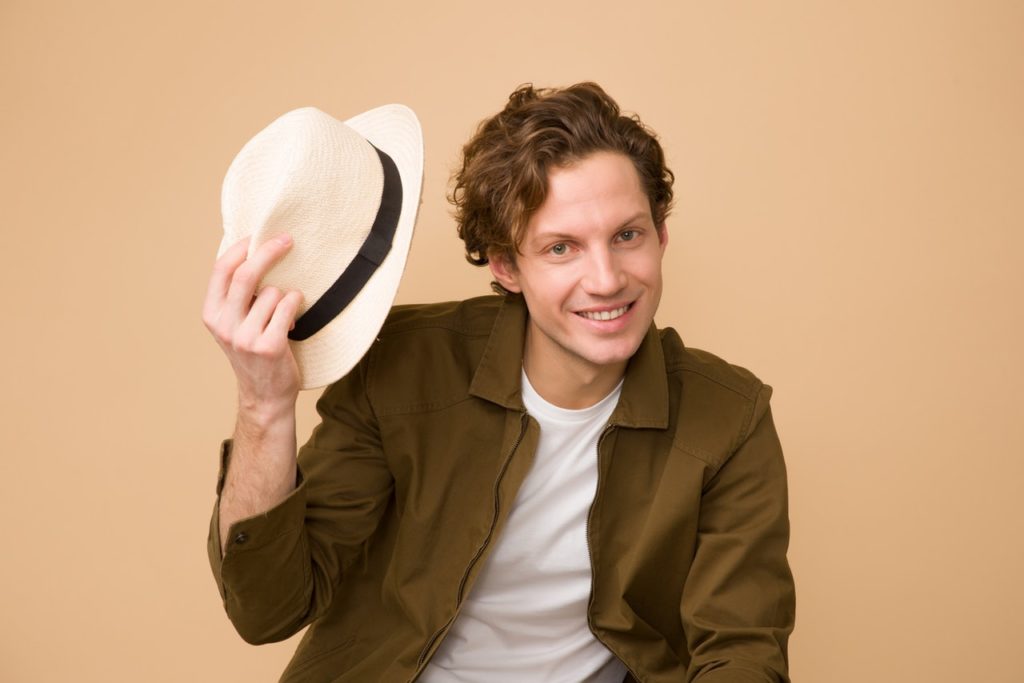
2 Comments
Love this Angie!
Point number 5 is a great one, probably the least known. There’s the temptation to shoot as wide open as possible. Some lenses are even unacceptably soft at their widest aperture. I shoot my f1.8 lenses at f2 or f2.8 mostly – after focusing at f.18.
As a headshot specialist trained by Peter Hurley, I must disagree on the recommendation of a 50mm lens for headshots. Too much distortion of any part of the face or body nearest the camera. FYI these days Peter shoots Headshots around 92mm on his Canon 70-200 mm zoom. I use 50mm for half body shots.